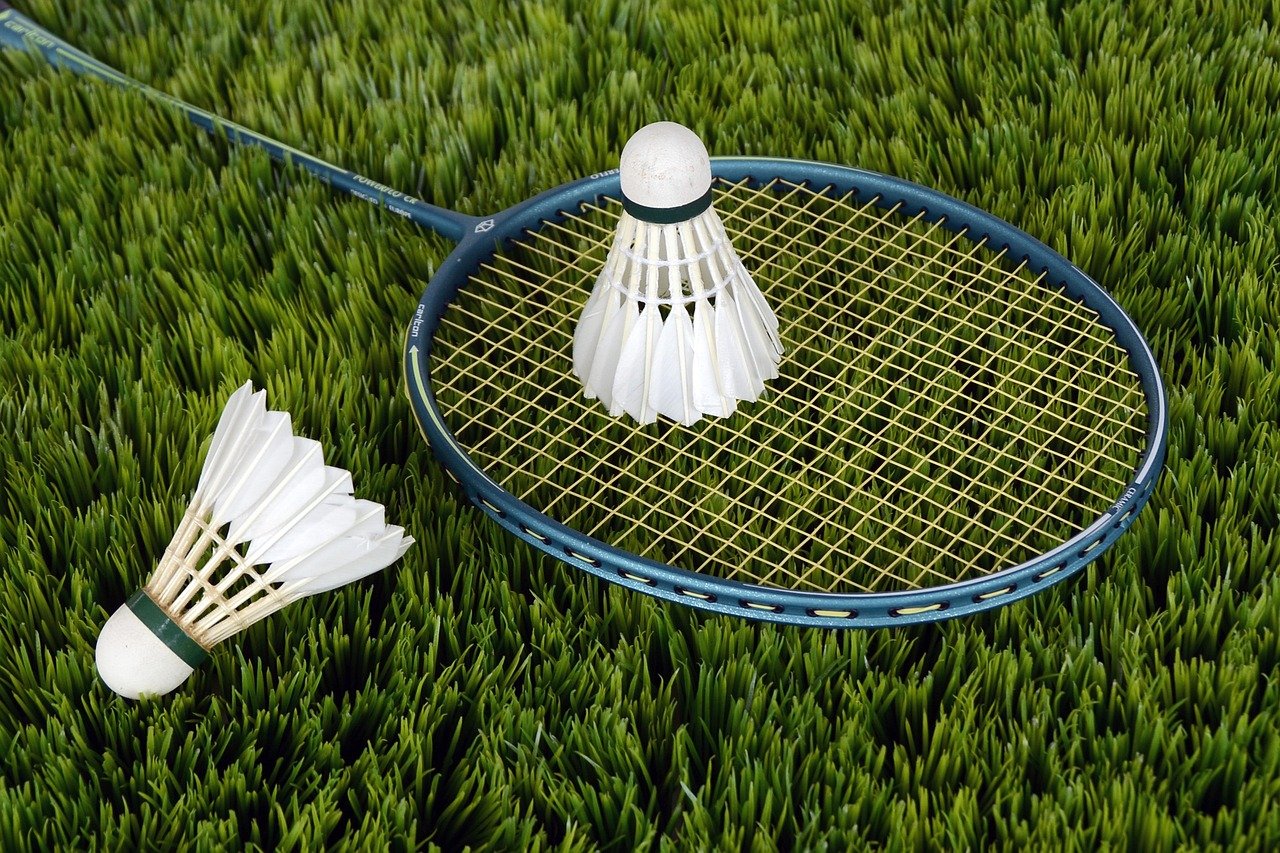Boxing: A Comprehensive Guide to the Sweet Science
Boxing, often referred to as the “sweet science,” is a combat sport steeped in history, discipline, and athleticism. More than just throwing punches, it’s a complex blend of strategy, physical conditioning, and mental fortitude. Whether you’re a seasoned enthusiast or a complete beginner, this guide will provide a comprehensive overview of boxing, covering its fundamentals, training, equipment, and competitive aspects.
Understanding the Fundamentals of Boxing
Boxing is built upon a foundation of fundamental techniques. Mastering these basics is crucial for both offense and defense in the ring.
The Stance
The boxing stance is the bedrock of all movement and technique. A proper stance ensures balance, mobility, and power generation.
- Orthodox Stance: This is the most common stance, with the lead foot (usually the left) positioned slightly forward and the rear foot (usually the right) slightly behind. Weight should be evenly distributed.
- Southpaw Stance: This is the mirror image of the orthodox stance, with the right foot forward.
- Key Elements: Feet shoulder-width apart, knees slightly bent, hands up protecting the face, elbows tucked in.
Basic Punches
The four basic punches form the core of offensive boxing. Each punch is designed to exploit different openings and vulnerabilities.
- Jab: A quick, straight punch thrown with the lead hand. It’s used for gauging distance, setting up other punches, and disrupting the opponent’s rhythm.
Example: Think of Muhammad Ali’s lightning-fast jab, used to control the pace and dictate the fight.
- Cross (or Straight Right): A powerful punch thrown with the rear hand, traveling straight from the chin to the target. It generates power through rotation of the hips and body.
Example: Manny Pacquiao’s explosive cross, known for its devastating power and speed.
- Hook: A short, circular punch thrown with either hand, targeting the side of the head or body. It requires precise timing and angle.
Example: Mike Tyson’s signature left hook, used to close the distance and inflict significant damage.
- Uppercut: A rising punch thrown with either hand, targeting the chin or solar plexus. It is particularly effective at close range.
Example: George Foreman’s powerful uppercut, often used to end fights abruptly.
Footwork
Boxing footwork is not merely about moving around; it’s about creating angles, maintaining distance, and controlling the ring.
- Forward Movement: Stepping forward while maintaining your stance.
- Backward Movement: Stepping back while maintaining your stance.
- Lateral Movement: Moving sideways while maintaining your stance.
- Pivoting: Rotating on your lead foot to change direction and create angles.
- Tip: Practice moving in all directions while maintaining a balanced and athletic stance. Think of footwork drills like shadow boxing and using a speed ladder.
Training for Boxing
Boxing training is rigorous and demanding, requiring a combination of strength, endurance, speed, and agility.
Strength and Conditioning
Building a strong and resilient body is essential for withstanding the physical demands of boxing.
- Weightlifting: Squats, deadlifts, bench press, and overhead press build overall strength.
- Plyometrics: Box jumps, jump squats, and medicine ball throws improve explosive power.
- Core Training: Planks, Russian twists, and bicycle crunches strengthen the core muscles.
Endurance Training
Cardiovascular endurance is crucial for maintaining energy levels throughout a fight.
- Running: Long-distance running and sprint intervals build cardiovascular fitness.
- Jump Rope: Jump rope improves footwork, coordination, and cardiovascular endurance.
- Circuit Training: High-intensity circuit training combines strength and endurance exercises.
Technical Training
Technical training focuses on refining boxing skills and techniques.
- Shadow Boxing: Practicing punches and footwork without a partner or bag.
- Heavy Bag Work: Developing power and accuracy by hitting a heavy bag.
- Speed Bag Work: Improving hand-eye coordination and rhythm by hitting a speed bag.
- Pad Work: Working with a trainer who holds focus mitts to refine technique and combinations.
- Sparring: Practicing boxing against a partner to develop timing, strategy, and defensive skills.
Nutrition and Recovery
Proper nutrition and recovery are critical for optimizing performance and preventing injuries.
- Diet: A balanced diet consisting of lean protein, complex carbohydrates, and healthy fats.
- Hydration: Staying adequately hydrated to maintain energy levels and prevent dehydration.
- Sleep: Getting adequate sleep to allow the body to recover and rebuild.
- Active Recovery: Light exercise and stretching to promote blood flow and reduce muscle soreness.
Boxing Equipment: Ensuring Safety and Performance
Proper boxing equipment is essential for safety and performance. Investing in high-quality gear can help prevent injuries and improve your training experience.
Gloves
Boxing gloves protect the hands and wrists from injury. They come in different weights, measured in ounces (oz).
- Glove Weight: 10oz to 16oz are common, with heavier gloves used for sparring to provide more padding.
- Types: Training gloves, sparring gloves, bag gloves, and competition gloves.
- Recommendation: For general training, 14oz or 16oz gloves are a good starting point.
Hand Wraps
Hand wraps are essential for protecting the hands and wrists inside the gloves. They provide support and prevent injuries such as sprains and fractures.
- Types: Elastic hand wraps and traditional cloth hand wraps.
- Length: Typically range from 120 inches to 180 inches.
- Recommendation: Always wrap your hands before putting on your gloves. There are many instructional videos online for proper wrapping techniques.
Mouthguard
A mouthguard protects the teeth, gums, and jaw from impact. It is a mandatory piece of equipment for sparring and competition.
- Types: Boil-and-bite mouthguards, custom-fitted mouthguards.
- Recommendation: A custom-fitted mouthguard provides the best protection and comfort.
Headgear
Headgear protects the head and face from cuts, bruises, and concussions during sparring.
- Types: Open-face headgear, full-face headgear.
- Recommendation: Choose headgear that fits snugly and provides adequate padding.
Other Equipment
- Shoes: Boxing shoes provide good ankle support and traction.
- Groin Protector: Essential for protecting the groin area during sparring.
The Competitive Side of Boxing
Competitive boxing is a challenging and rewarding experience. It requires dedication, discipline, and a strong competitive spirit.
Levels of Competition
- Amateur Boxing: Typically involves shorter rounds and more protective equipment.
Governing Body: USA Boxing in the United States.
- Professional Boxing: Longer rounds, fewer protective equipment, and fighters are paid.
Governing Bodies: Multiple sanctioning bodies, such as the WBC, WBA, IBF, and WBO.
Rules and Regulations
Boxing has a set of rules and regulations designed to ensure fair play and safety.
- Rounds: Amateur fights typically consist of 3 rounds, while professional fights can range from 4 to 12 rounds.
- Scoring: Scoring is based on a 10-point must system, where the winner of each round receives 10 points and the loser receives 9 or fewer points.
- Fouls: Certain actions are considered fouls, such as hitting below the belt, headbutting, and holding.
Finding a Boxing Gym
Choosing the right boxing gym is crucial for your training and development.
- Research: Look for gyms with experienced coaches and a positive training environment.
- Visit: Visit the gym and observe a training session.
- Trial Class: Take a trial class to see if the gym is a good fit for you.
Conclusion
Boxing is a multifaceted sport that offers numerous physical and mental benefits. From mastering the fundamentals to engaging in rigorous training, and understanding the competitive aspects, this guide provides a comprehensive overview of boxing. Whether your goal is to compete professionally or simply improve your fitness and self-defense skills, boxing can be a transformative and rewarding experience. Remember to prioritize safety, train diligently, and embrace the challenges that come with this demanding yet captivating sport.



